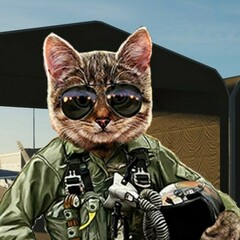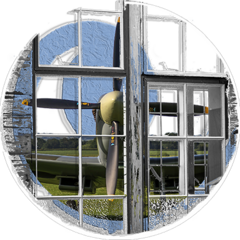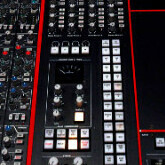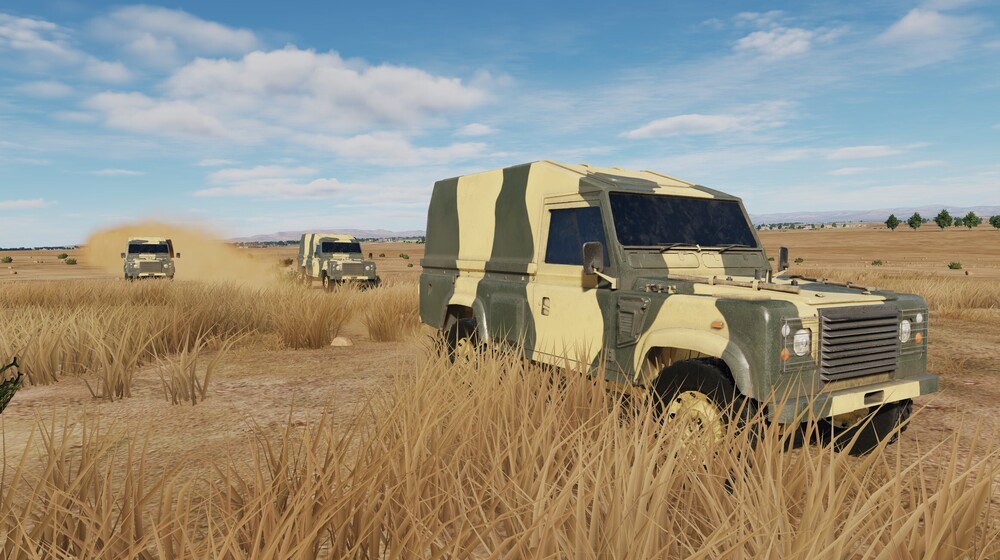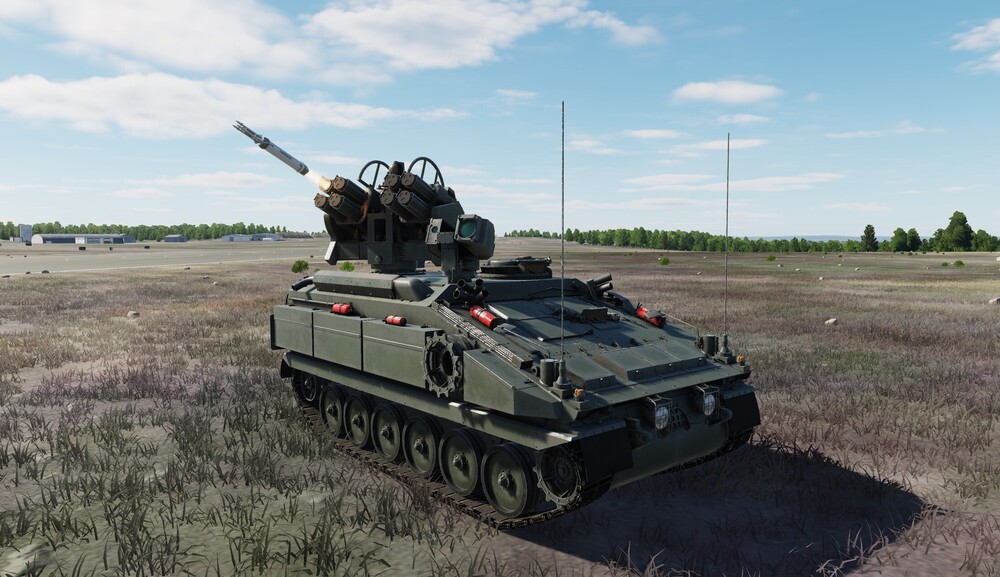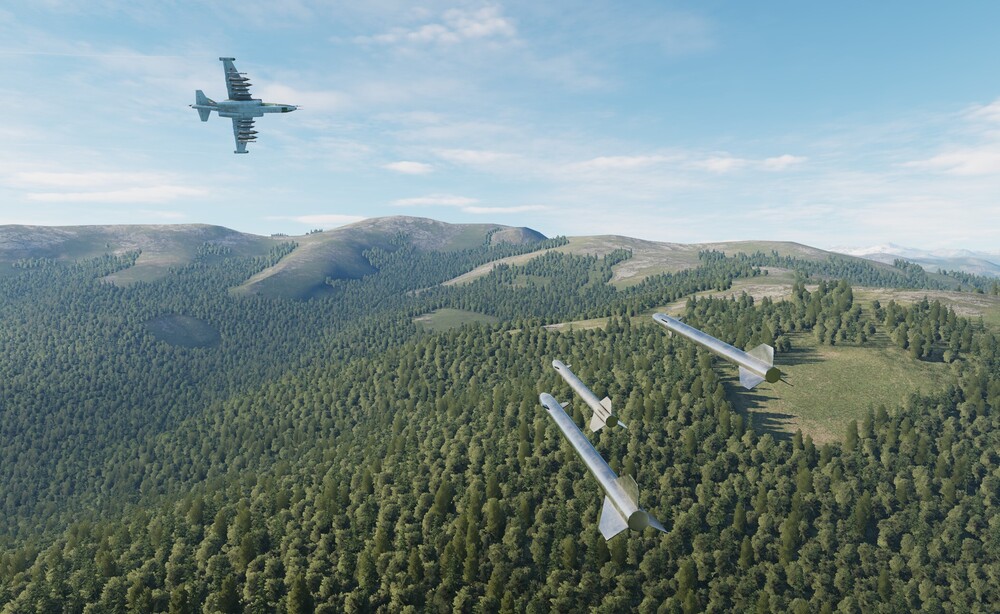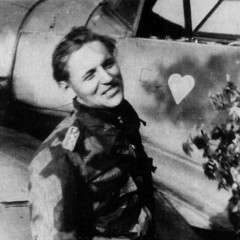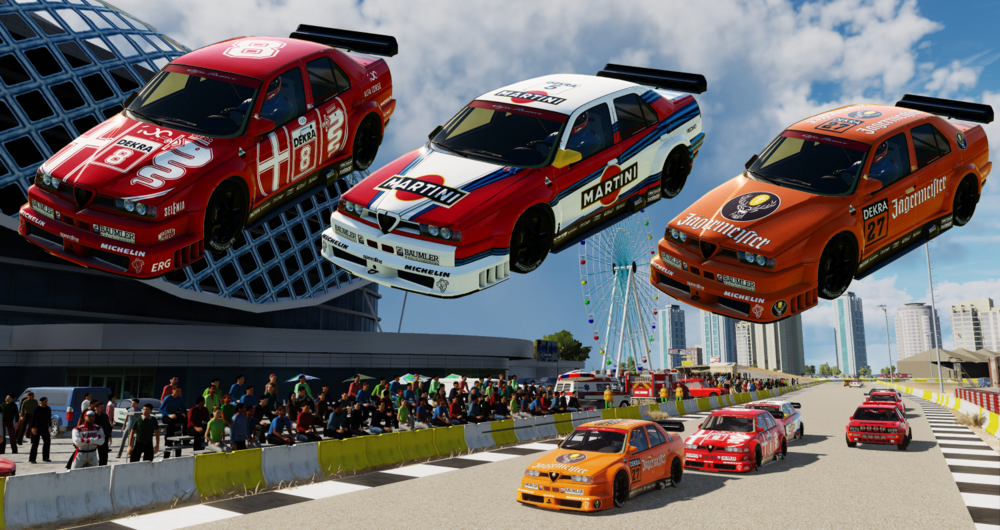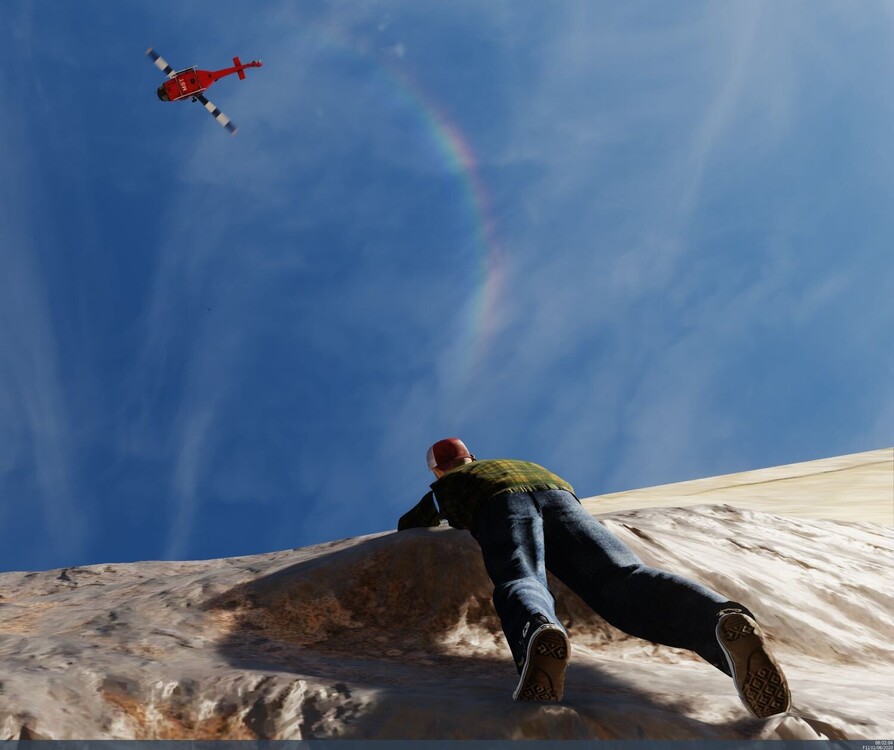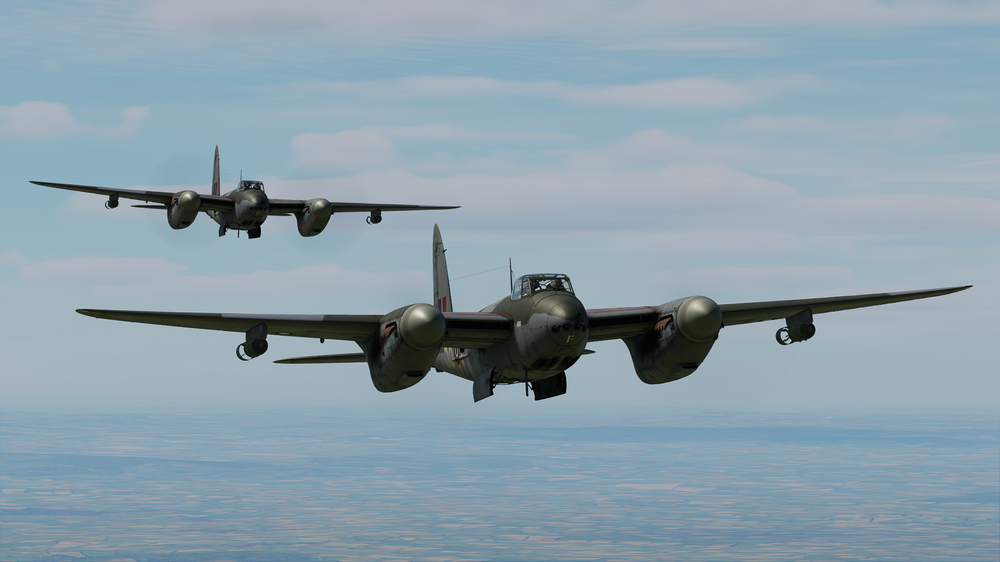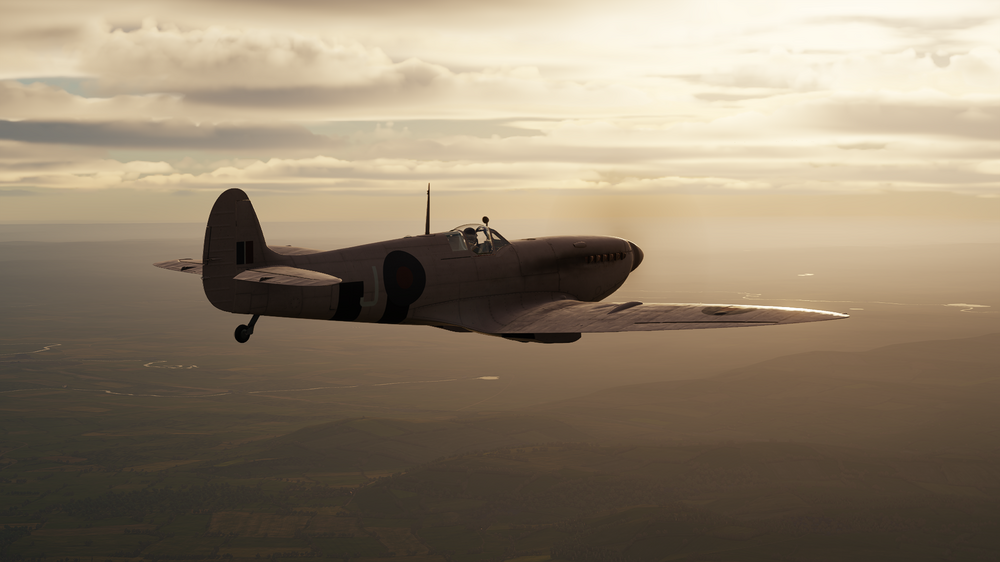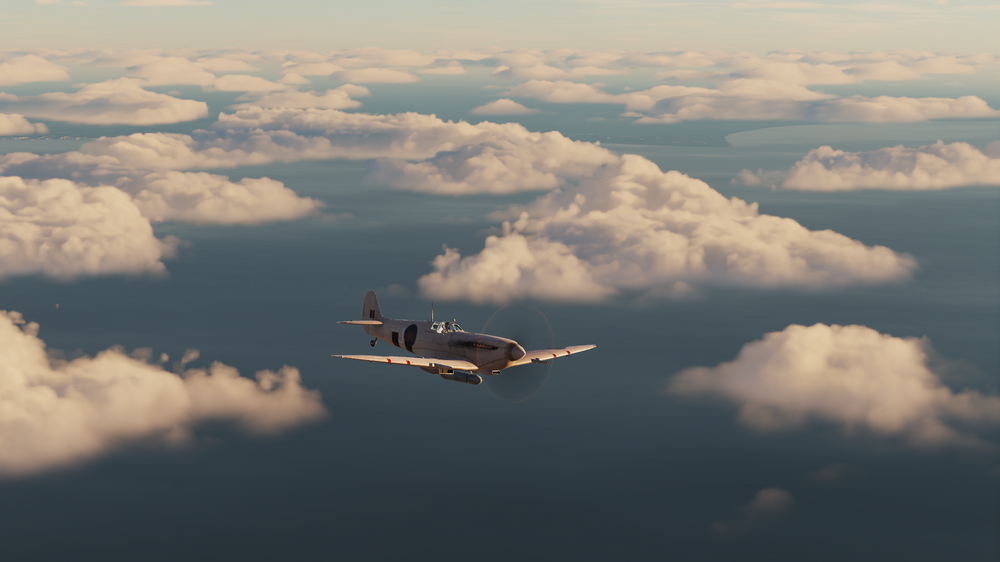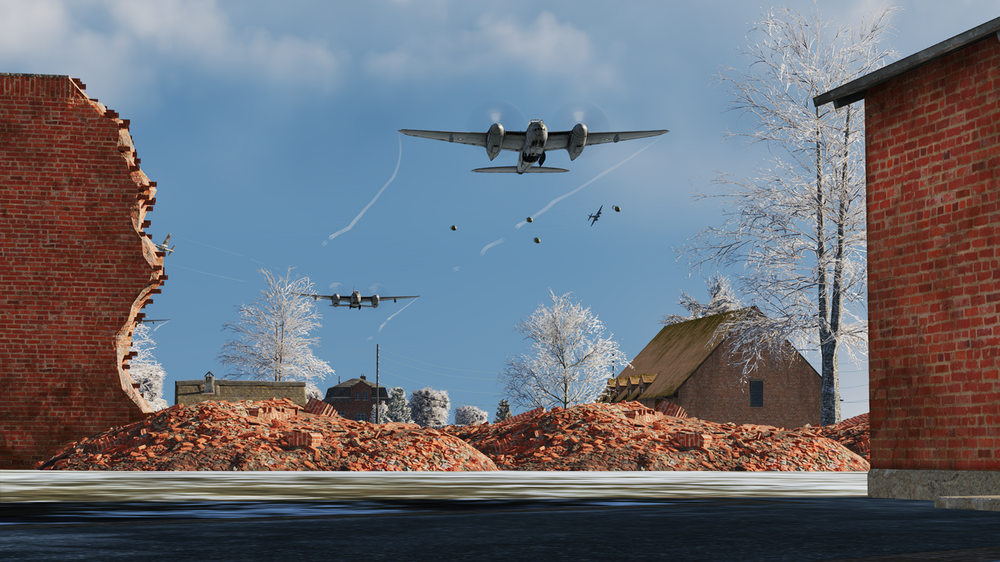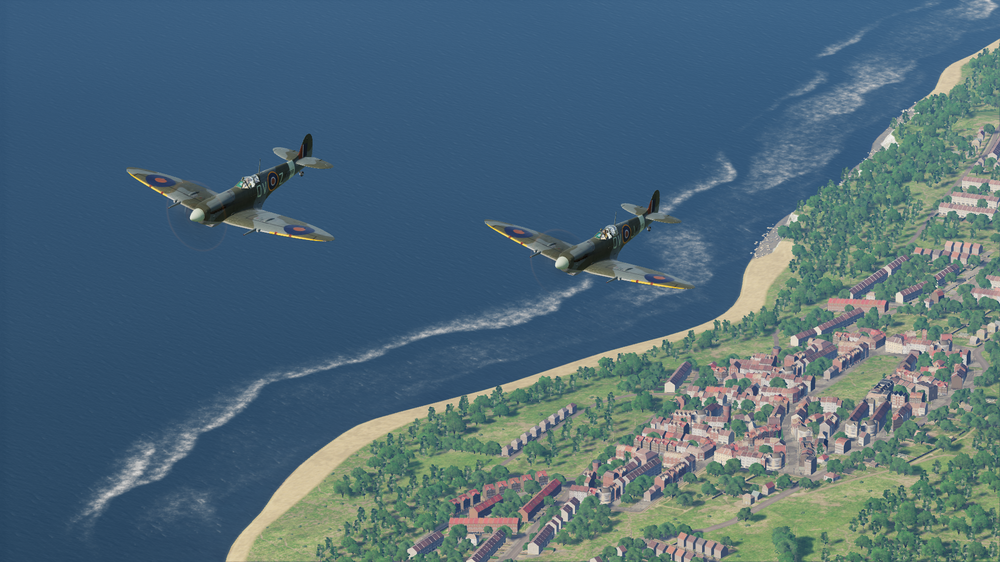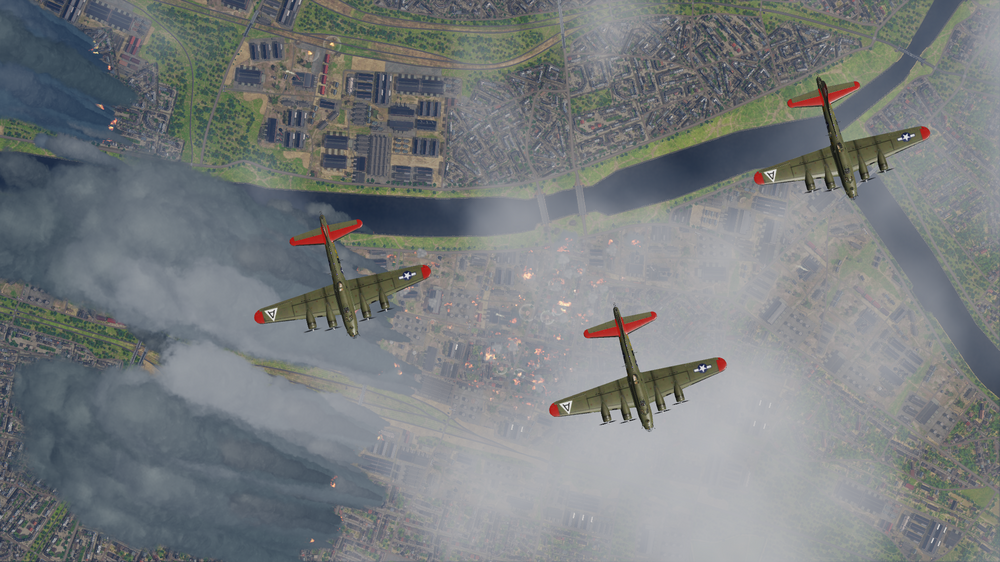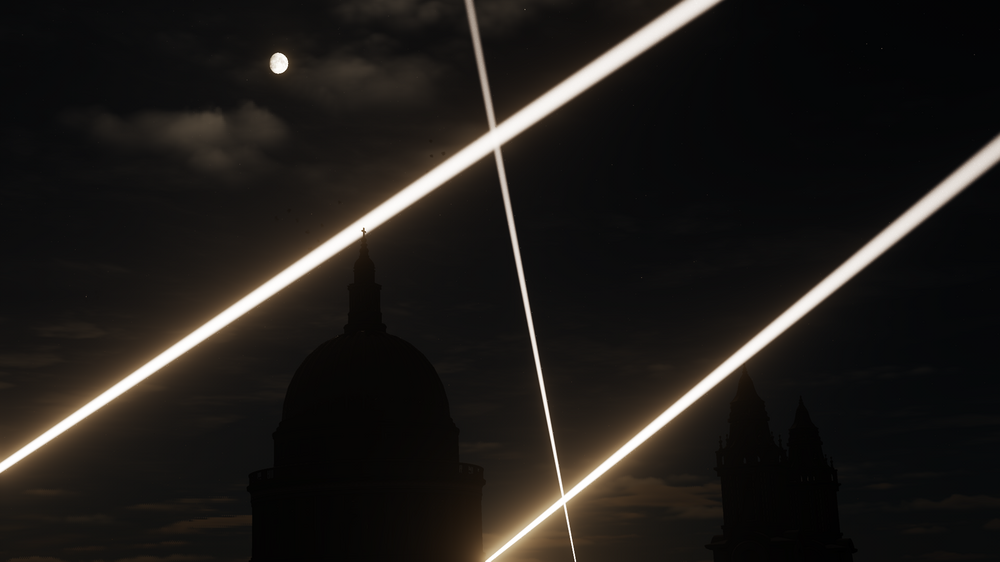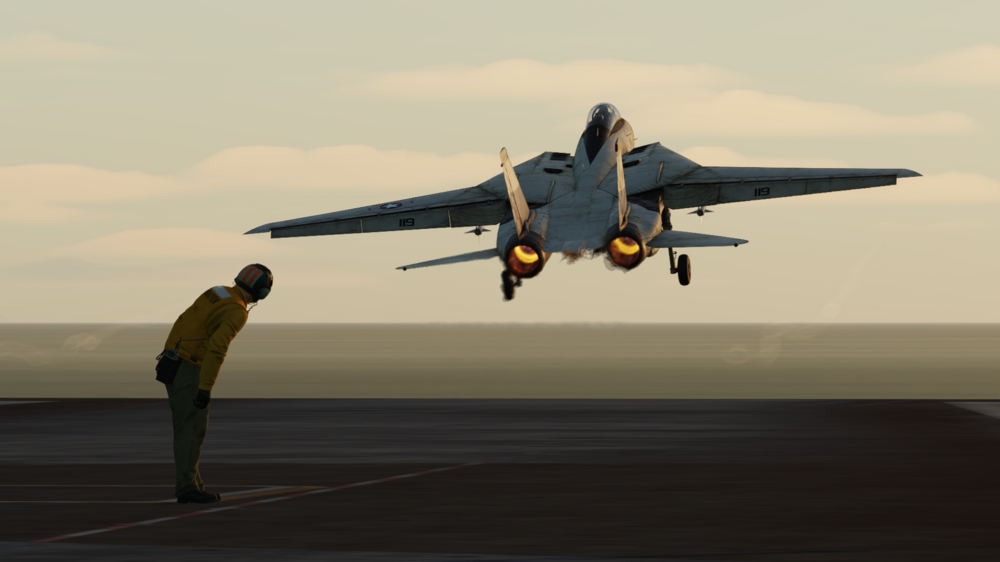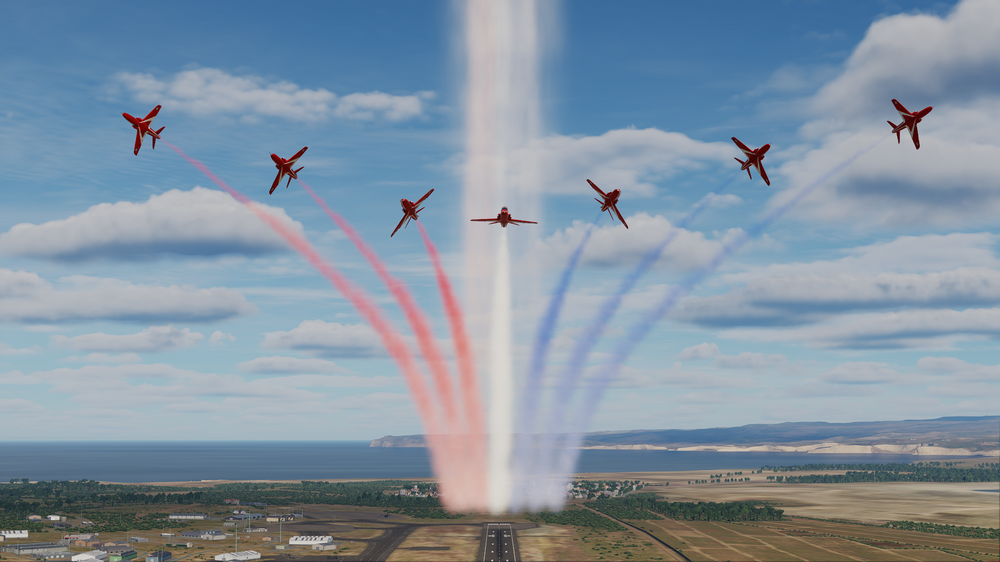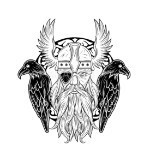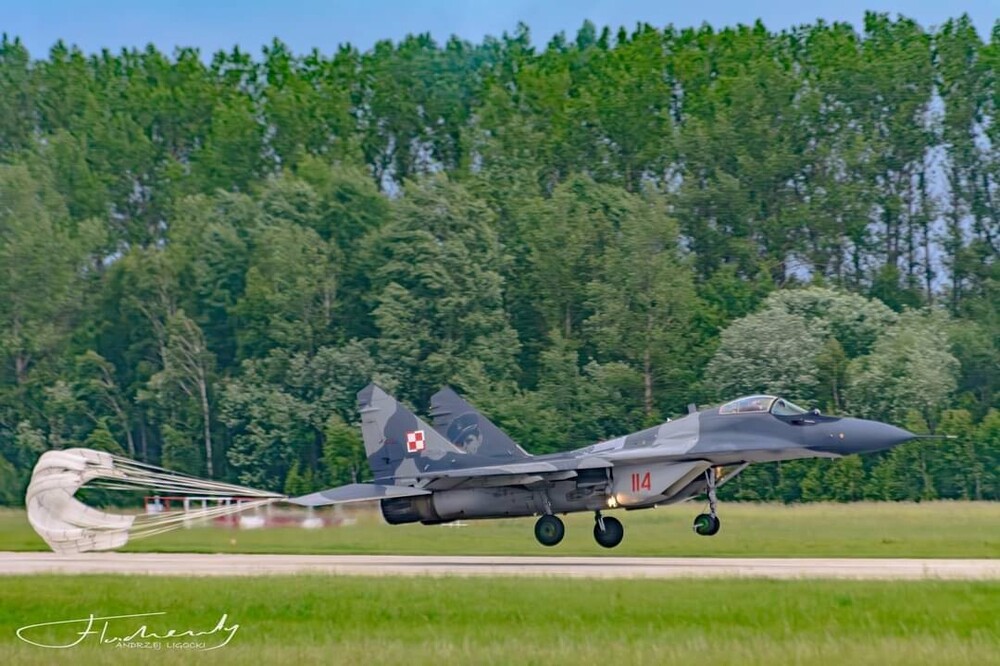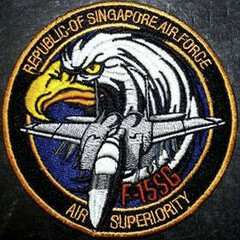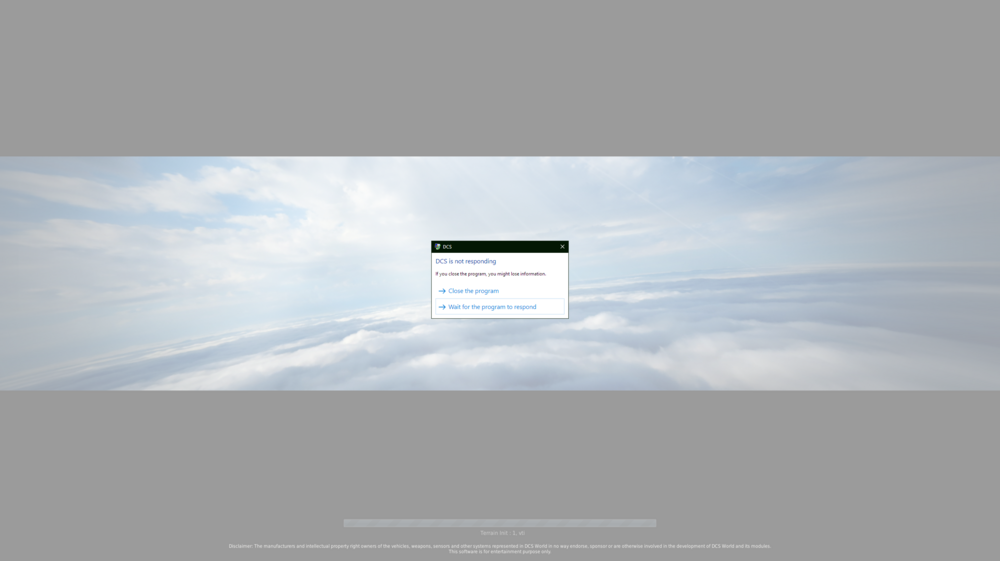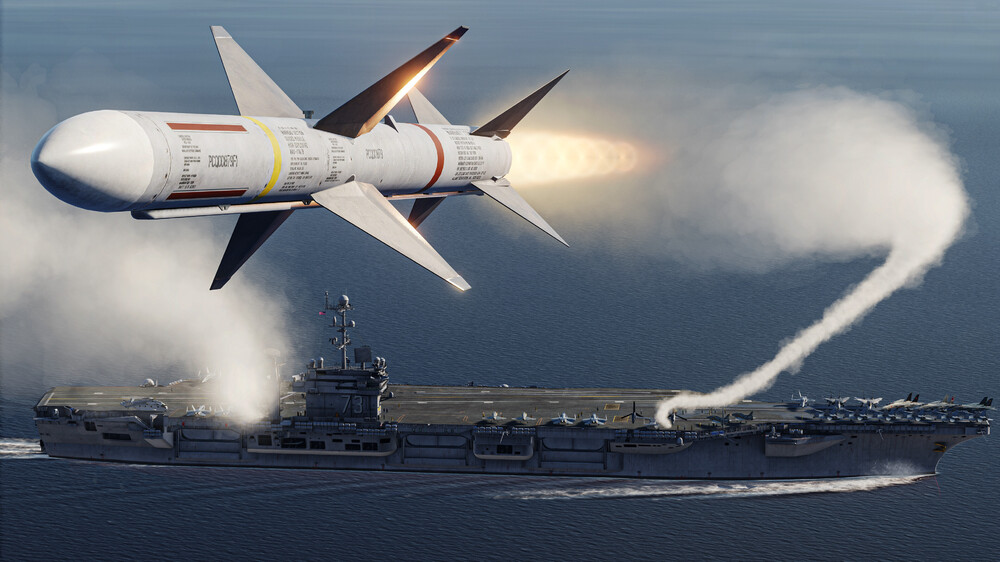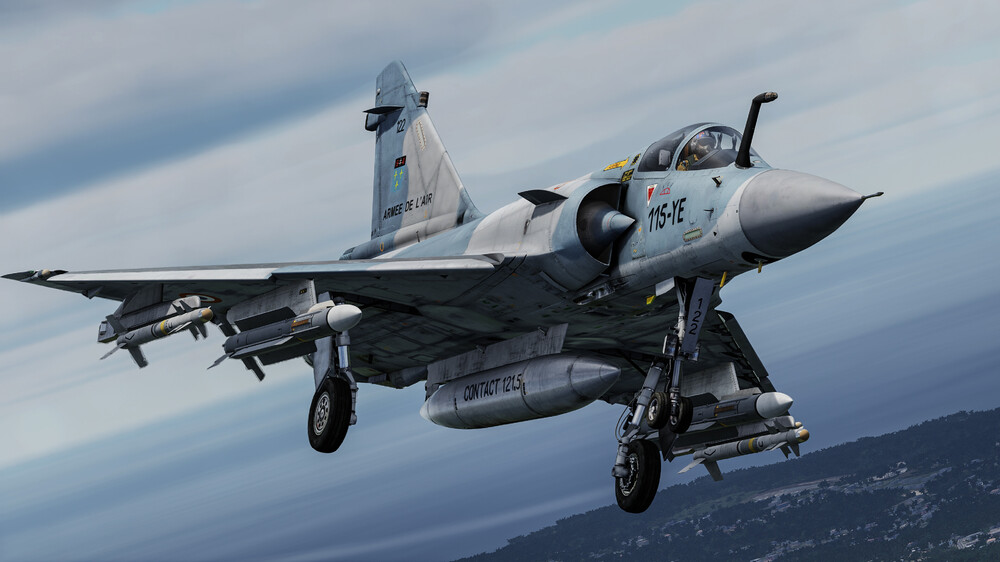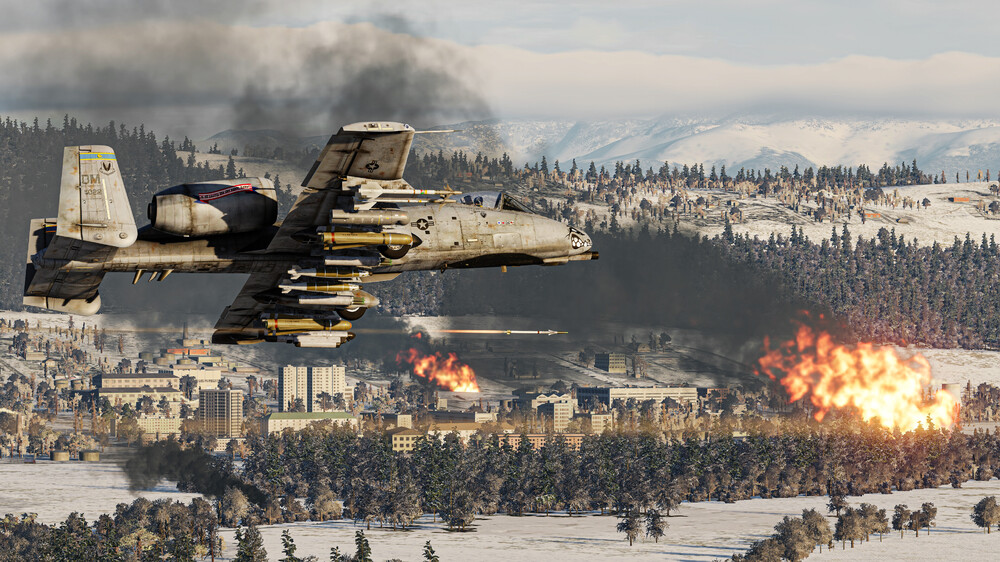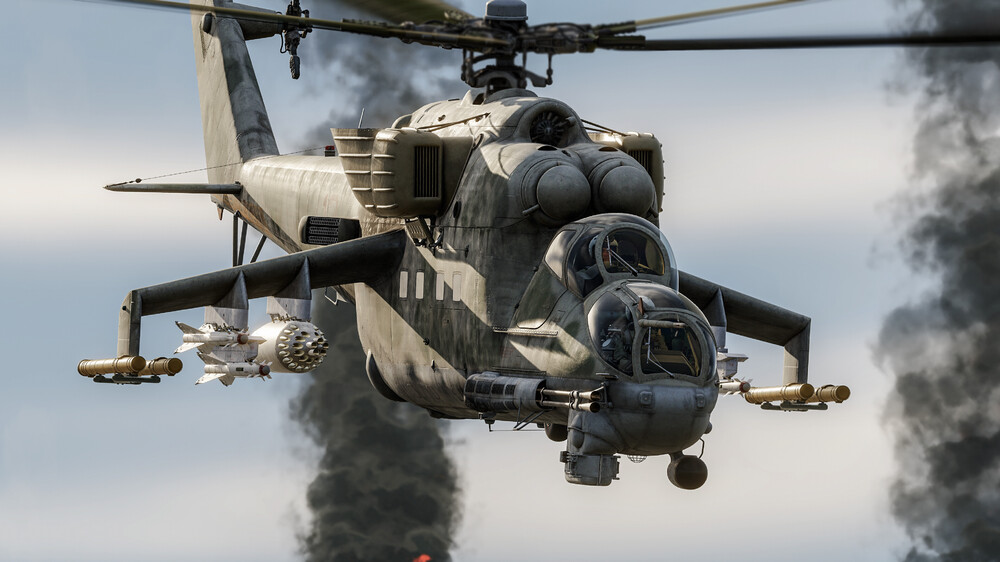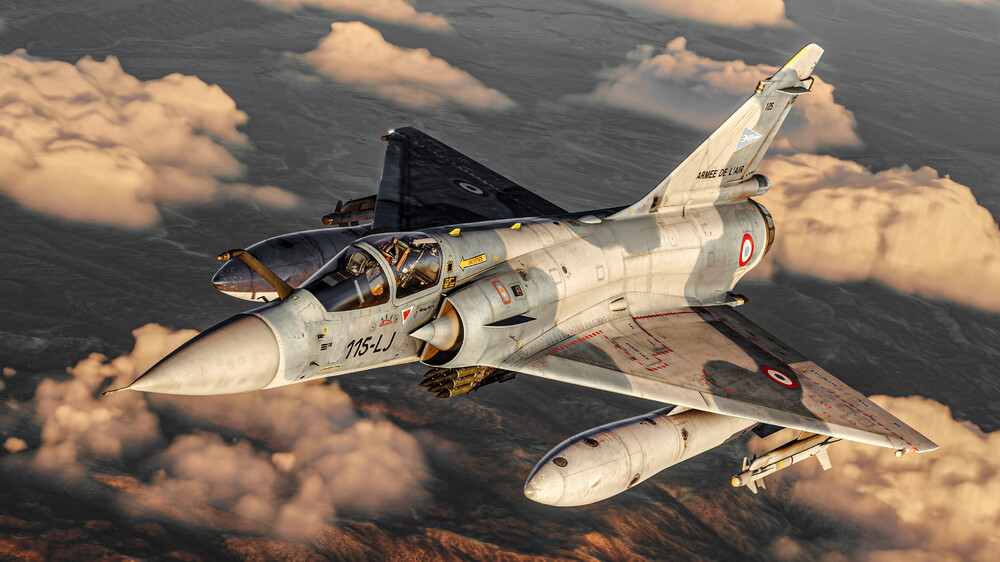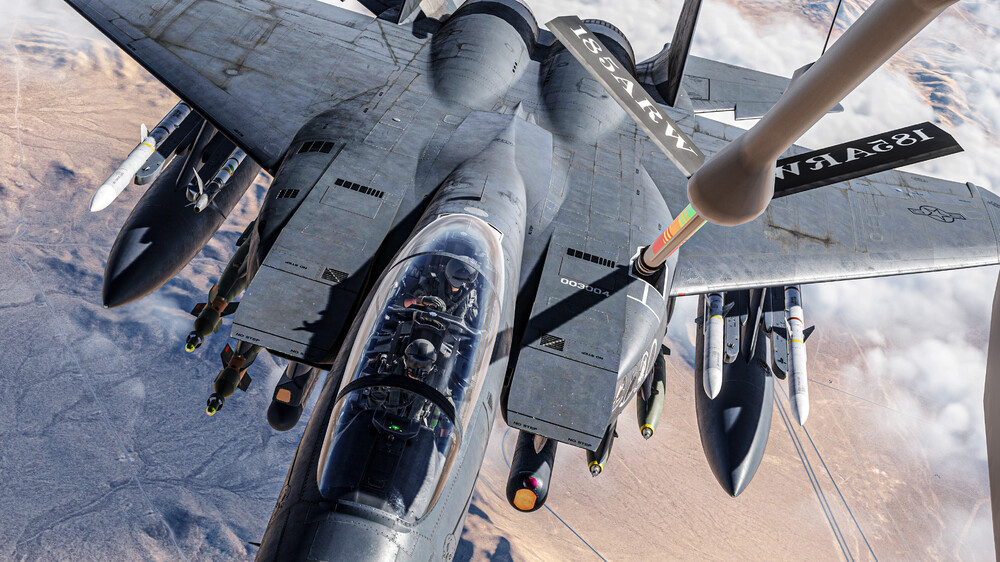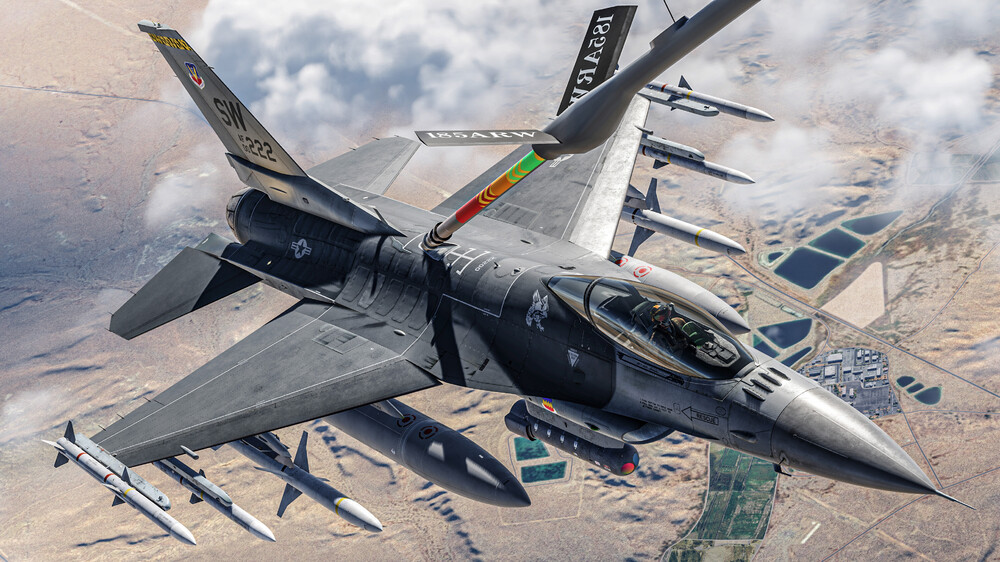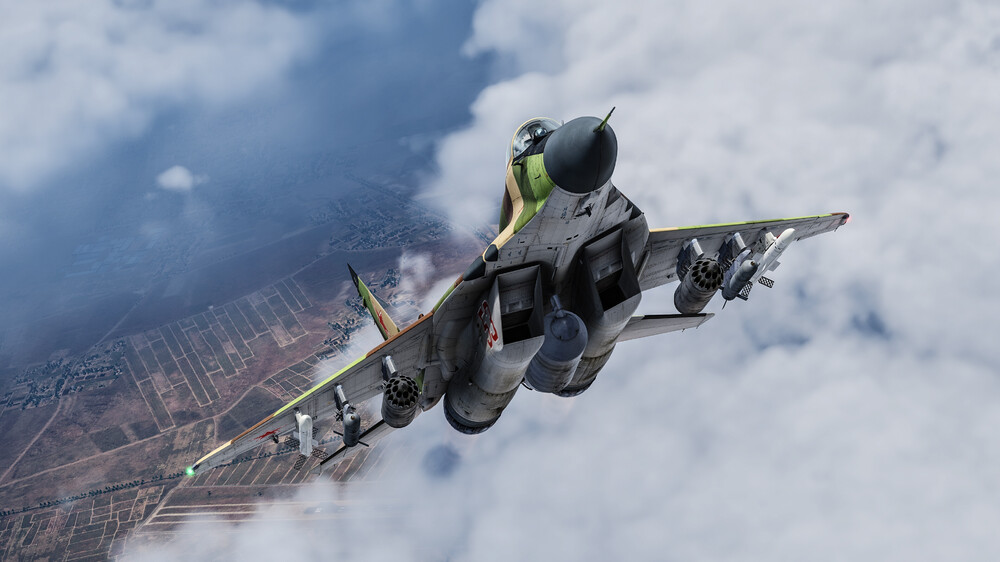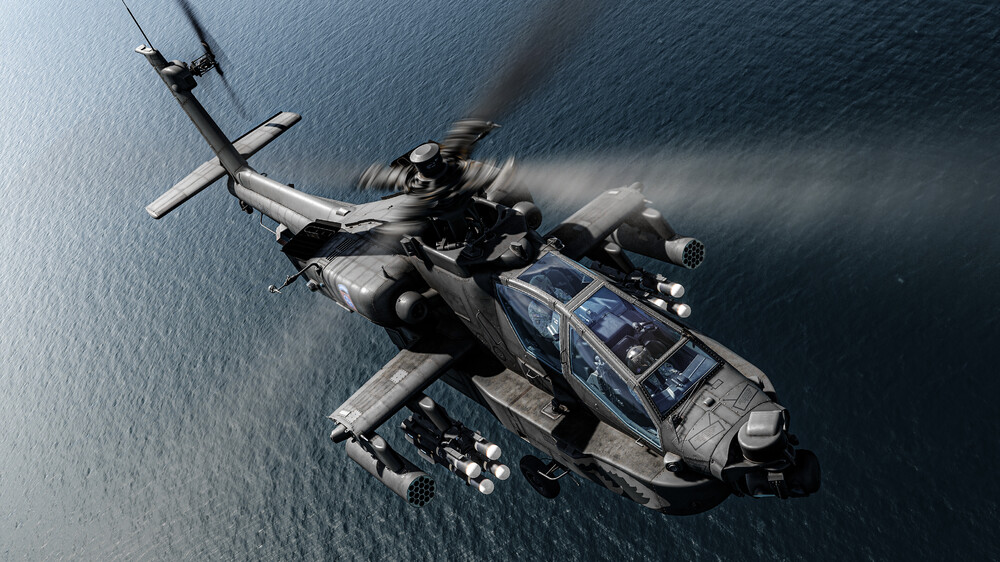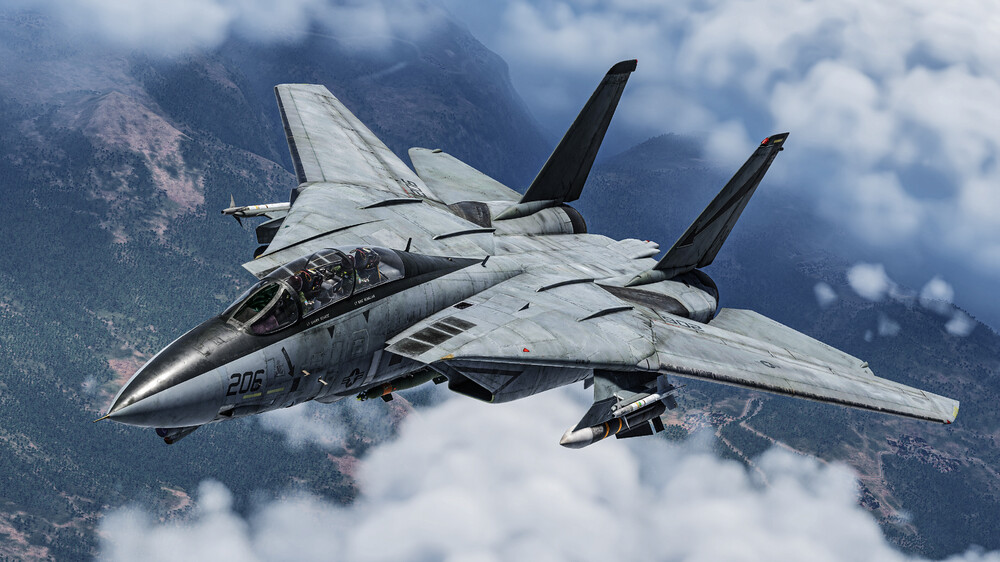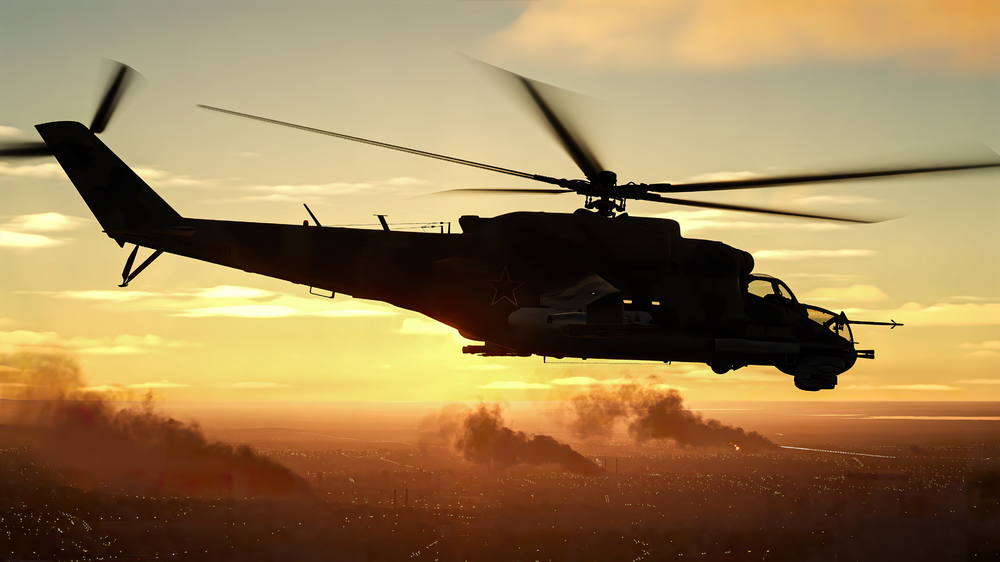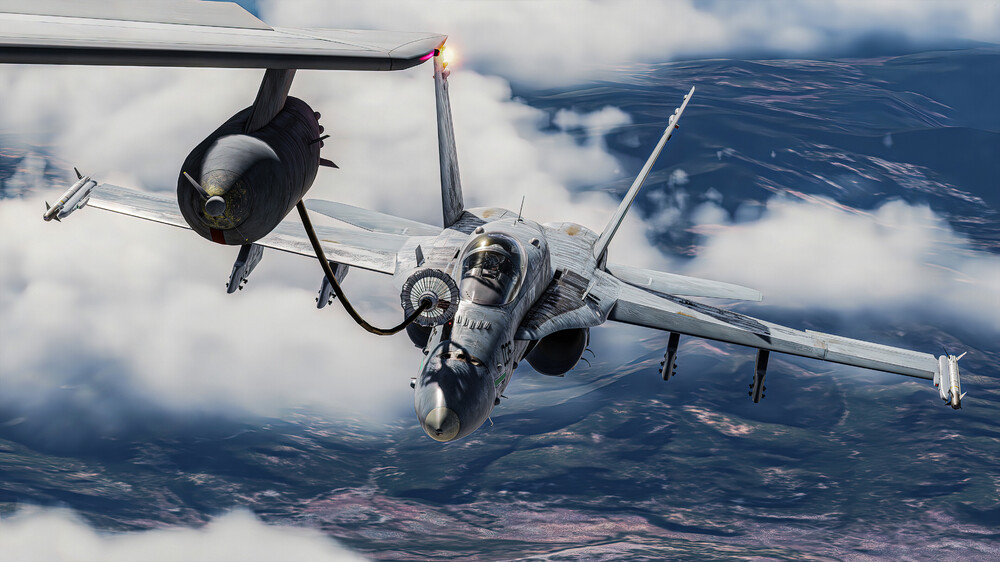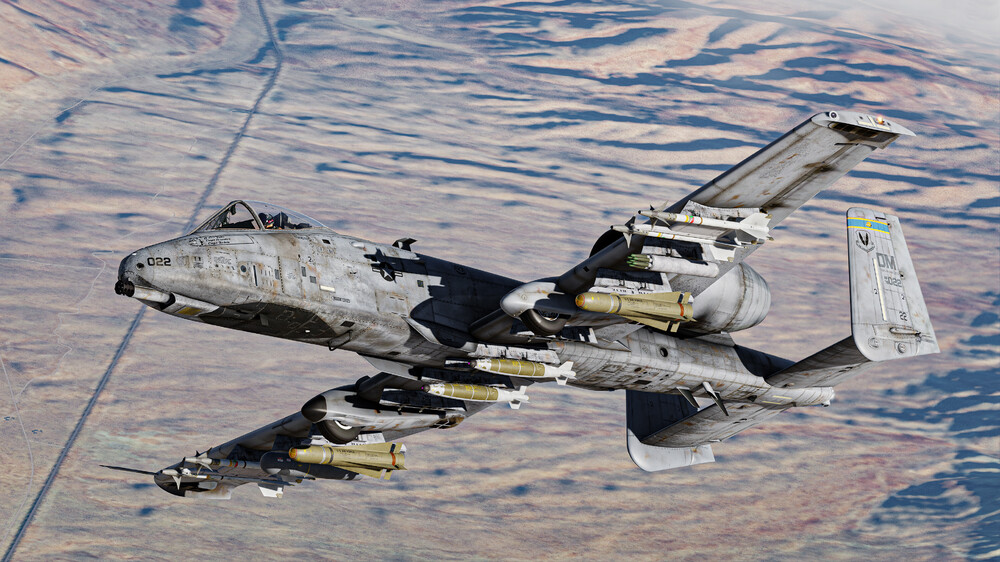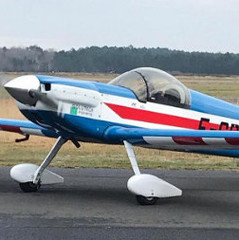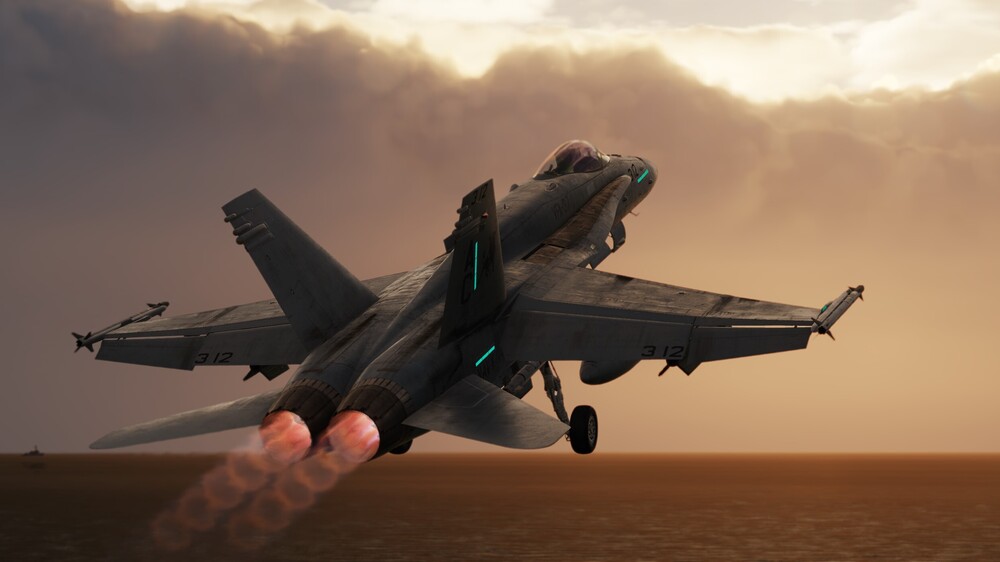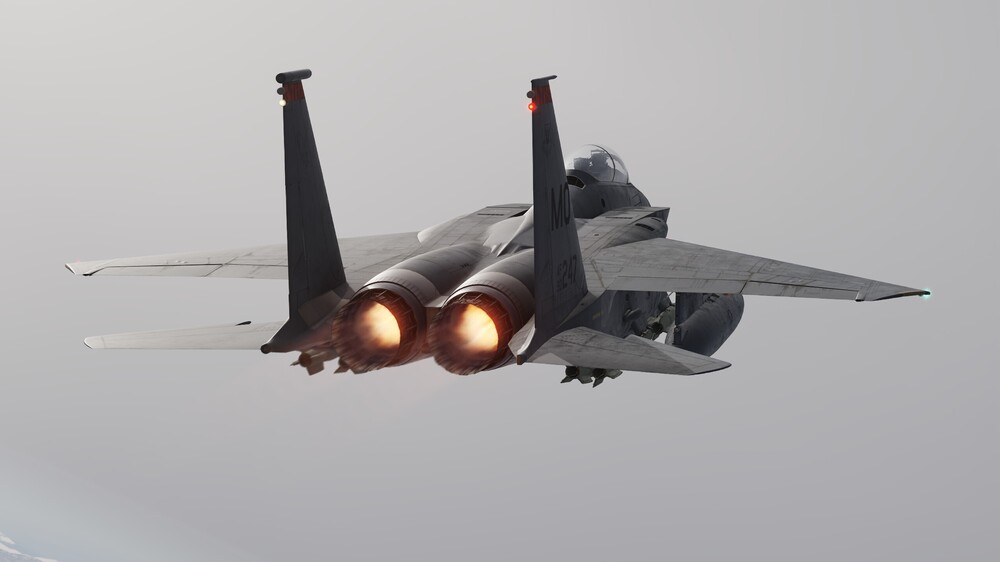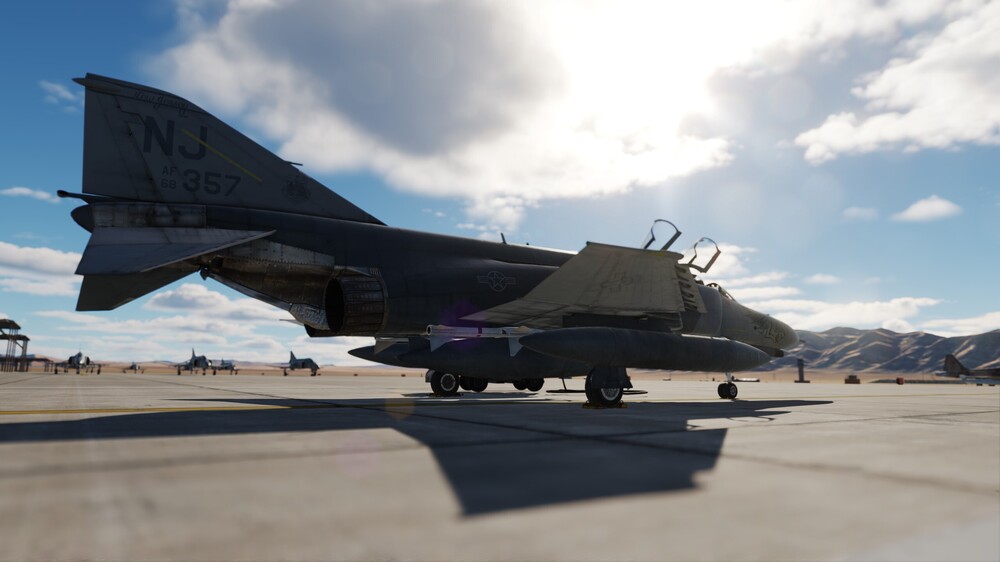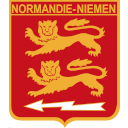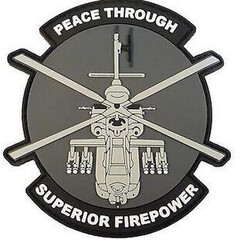Leaderboard
Popular Content
Showing content with the highest reputation on 08/13/24 in all areas
-
Hi guys, Just made a quick checklist to help us out. It is available on the User Files CH-47F Quick Checklist Download page. Here is the first page: All the best, Sydy8 points
-
8 points
-
These files should fix the visible cruise missiles sticking out of the hatches on the Normandie update I posted. Replace files in Navy folder with these, D650_Aquitaine.lua D651_Normandie.lua7 points
-
7 points
-
7 points
-
@tobi Thanks so much for update on this great mod @eight-ball Thanks for your Vietnam pack, but was very pleasantly surprised to find the extra Playground Pack included in the updated github. Includes some car racing goodies & climbing (close to my heart as a climber) I did a couple of extra liveries to add your Team Alfa Romeo livery, Team Martini & Team Jagermeister Alfa Romeo Team Jagermeister Team Martini Liveries I used your climber to simulate some of my unfortunate chopper rescue scenarios in real life. My real life chopper rescues after climbing accidents Free Solo Climbing Table Mountain, Cape Town, South Africa6 points
-
A small fix will be posted for the temp Normandie update later. Silly me forgot to hide the MdCN cruise missiles and the tops are poking through the hatches . Thank you daskjdhjsh for spotting that. Please keep in mind these are my "experimental/test files" and many thanks to the Admiral for the orignal mod and allowing these to be shared here. Some additional French assets can be found here. https://forum.dcs.world/topic/263509-pack-8-helicos-ia-armee-francaise-diverses-structures-17-vehicules/5 points
-
So the current situation is as follows, the fix Skate found is working however, it will no longer pull from the F-22 SFM lua, it is calling the F-15 avionics dll as well as the FM dll that means the SFM table is not being used. You also might notice that the plane doesn't pinwheel on the ground anymore due to the use of the F-15 FM dll. Our intention was to not use the F-15 FM and just deal with the SFM table as it let us get different results. You will also notice the plane will stall a lot smoother and doesn't chunk at all anymore again due to SFM no longer being in use. I am working on a fix to the mod to get it back up and running as best we can for now. We will have to evaluate the situation and make a decision on what we can/are going to do moving forward.5 points
-
4 points
-
overall impressions on the map so far: Pros: map is huge, lots of space to setup longer missions the higher detail textures for the most part look pretty good map looks great from up high Cons: Down low anywhere without a high res texture looks terrible, very muddy zoomed in sat imagery, can literally see the square pixels in some places places where high res meets low res look especially bad as they meet at a razor sharp line many of the roads and waterways have height issues (roads with mile high veritcal canyon walls on either side for example), and some major roads are missing rendering some areas impossible to reach by road some layout issues where two tiles of high res meet in a way they shouldnt, creates visible 'lines' through some areas the DCS standard everything burns is especially strange on this map as you drop a mk82 and stone/mud walls start burning the mountains are for lack of a better term ugly when even somewhat low, look like extruded playdoh with no texture or roughness, I get that some is a general DCS limit with no overhangs and vertical surfaces not texturing well but look at Sinai for how to make them look decent anyway Overall impressions: Map is generally pretty bad in its current state, however there are some areas that do look decent and can work well for some content already. Some of the biggest issues are likely also the easiest to solve and by doing that the map will go from 2/10 to 7/10 easily. The map is also unfortunately severely limited by the DCS core in that for it to really work well we need ground AI improvements, especially Infantry as the current behaviour just doesnt work. Additionally we need some ANA, Insurgent, and civilian units that fit the area. Finally another DCS limitation of map scenery not rotating in all 3 axis is especially apparent in the map anywhere where scenery structures or vehicles are placed on the steeper slopes. Easy Wins: Some easier wins (maybe not in amount of time but in complexity) would be to... generate a set of medium res textures to take the place of the satellite imagery when down low, idea being these can be pretty plain but should blend better into the proper high res areas and get rid of the blocky pixel-looking splotches and hide the buildings baked into that satellite imagery Do a manual pass on the larger high res areas and fix some of the major alignment issues make vehicles kick up dust on the dirt roads Long term though for this map to really shine we need to see some core game improvements, like fixing the above-mentioned scenery issues, improving ground AI, at the very least fix some of the more glaring bugs like the infantry chicken run, and add more relevant assets to the game4 points
-
@NineLine Apologize for the ping, and my longwinded nature, but as opposed to making a bunch of bug reports I would like to combine several topics into a more wish-list like thread. Things it would be awesome if the DCS FM happened to mimic. A to be passed along to whomever kind of thing. Rotary wing aerodynamics, being akin to voodoo is a not well understood science. Tandem rotor aerodynamics is arguably much less understood, often even by those who've learned to harness it. This is meant as a collection of little understood phenomenon attributable to the tandem rotor configuration. Not an insult to anyone's intelligence, or assertion that these are the 100% factually accurate causes. These were the best explanations why the CH-47 did what it did. It would be nice if the flight model had some of the quirks the real aircraft does, and for that to be possible a thorough understanding of how tandem rotor differs from a conventional helicopter is necessary. Most if not all of these happen AFCS on or off, the only difference being who is counting the phenomenon, the pilot, the computer, or a blend of both? I can speak intelligently on the underlying aerodynamics, but your contemporary SMEs will have to speak on how the digital AFCS handles them from a pilot's perspective. The discussions will focus on AFCS off flight, and leave how the DAFCS handles, to your more qualified individuals. I hope only to fill in any gaps in institutional knowledge. Difference in angular tilt of the fore and aft Rotor heads. As mentioned in my other thread, the difference between the angular tilt of the fore and aft head causes any movement of the thrust to manifest in an immediate and linear pitch change. This linear change in pitch can be exasperated, as can any transient in a negatively stable system. Said another way, while the cause of this phenomenon is linear, if not reacted too quickly it can exasperate itself. One of the more noticeable regimes of flight this rears it's head is the roll on landing. AFCS off roll on landings often require the pilot to need forward cyclic during the flare portion when thrust is reduced. This is counter intuitive to most pilot's muscle memory, and is the primary hurdle to pulling off a decent AFCS off roll on. Another is doing precision hovering with significant changes in altitude, i.e. taking slack during a sling load or any vertical climb / descent such as masking. The chinook wants to drift forward when you pull thrust, and drift aft when you reduce thrust. It just does. The extent to which the newer AFCS compensates is what I can't speak to. Vortex Ring State / Mushing The CH-47 is one of a handful of aircraft that lightly loaded has enough power to pull itself out of VRS, theoretically. It will get into VRS, but it is not particularly prone to it like one might think. The dual rotor system tends to give the pilot a little more warning than in a single rotor helicopter, as the induced flow moves progressively from back to front, it engulfs the rear rotor first (assuming decelerating flight). The preferred method of recovery is lateral cyclic, as forward cyclic can aggravate the problem due to differential collective pitch increasing angle of incidence of the aft rotor system. In 15 years of flying chinooks I never encountered VRS, unless I was showing it to a student. Nor do I know of a single VRS accident in the community. A much less well known pitfall is the phenomenon akin to mushing where the AFT rotor head can achieve a Vortex Ring state during rapid decelerations. This manifests in the an abrupt nose up and transition to a sinking attitude of flight which if not recovered from quickly, for will result in a hard landing at the least. Of these, there have been a handful or more. This is the exact same phenomenon that is responsible for V-22 osprey crash(es). It happens to them in tight descending turns due to their horizontal tandem configuration. Transition to forward flight / Transverse flow effect When picturing how a Chinook reacts to transverse flow effect, it's useful to use a simplified understanding of fore and aft head, acting in unison and ignore the effects on each individual rotor system. Looking at it as an oversimplified combined rotor system, Transverse flow effect manifest to the pilot as a slight nose up while transitioning forward through ETL. The AFT rotor system ingests "dirty" air first resulting in a few degrees of pitch up, resulting from the tail wagging the dog, so to speak. The individual rotor systems are affected, but due to their counter rotation nature, the force created is a twisting, torsion force absorbed by the fuselage. The pilot feels the back end sag accelerating through ETL, and the reverse when slowing to a hover. Retreating Blade Stall / Blade compressibility The forward speed of a CH-47 is limited by one of two phenomenon, retreating blade stall, or the advancing blade approaching supersonic flight regimes, referred to for physics reasons as blade compressibility. If you again look at the CH-47s two rotor systems as a single system you will be able to predict the results. Retreating blade stall tends to be somewhat self correcting as it induces the aft head to lose lift first. Blade compressibility tends to self aggravate for the opposite reason. Either may or may not be accompanied by rolling transients. Dissymmetry of lift / LCTs Due to the tandem rotor having no inherent ability to cyclic feather, a system is needed to compensate for dissymmetry of lift. This system is of course the longitudinal cyclic trim system. Up until a certain airspeed, cyclic feathering is unnecessary. The system can compensate via blade flapping alone. But the direct result of blade flapping is rotor blowback, and beyond a certain point, you begin to put excess strain on the rotor heads and may encounter droop stop pounding in flight, or worse. The other often overlooked role of the LCTs is the level the 47's fuselage at a hover. This was a necessary change with the addition of the triple hook cargo system. The fuselage needed to be level for ground crews to reach fore and aft hooks. Prior iterations of the 47 hovered significantly nose higher, (I'm told). Weathervane effect a.k.a. the CH-47 Rodeo While I never experienced this personally, a CH-47 AFCS off will do a 180 degree turn, in cruise flight if you let the yaw get away from you. This is just a simple combination of whether vane effect and the subsequent induced yaw inertia. If you let the nose get between what I'd estimate is somewhere between 20 to 30 degrees, you will be going 100 knots in reverse before you know it. *** For anyone active in the CH-47 community - important *** Beyond the scope of a DCS discussion but for any active 47 people this is a phenomenon you need to be aware of. Any excess rearward flight, or significant tailwinds at a hover can trip your DECU temp mismatch logic causing you to suddenly be in dual reversionary FADEC mode. While this may sound fairly benign, it is a nasty little demon of the 714 engines that can kill you. If you haven't heard ever been made aware of this, you really need to know about and understand it. As the reversionary can't sense rate of thrust movement, it is designed to over/under program fuel, to mitigate rotor droop, or overspeeds during thrust changes, while operating in reversionary mode. If this happens, to you, you will get a master caution and dual FADEC failure indications, caused by the temp probe in the rear of the engine disagreeing with the one further inside. If you happen to be making a power change, this can very easily look like a dual engine runaway, or a dual engine power loss depending on which way the thrust was being moved. It can trick the pilot / crew into thinking they have an engine high side, and make the problem worse by pulling more power. Or if encountered when reducing thrust, be tricked into thinking both engines suddenly rolled to idle and auto rotate with two perfectly good engines. This phenomenon, has Induced at least one unnecessary autorotation, a crew who had this happen and believed both engines had rolled to idle. And I had the reverse, the high side experience once, and thought my engines were going to spin the blades completely off as the overspeed fuel control held the rotor RPM at 114, overriding the FADEC hell bent on killing us all. I'll leave it at this for now. If this is well received I can probably drudge up more. A pilot can often operate fine at an application level of knowledge. Meaning, if I know the nose pitches up when X happens, I don't necessarily need to know why. But with understanding comes the possibility to achieve the next step in learning correlation, or spontaneous learning. When you learn something new, on your own, because of the various things you took the time to "understand". It's when you have that epiphany moment and it all makes sense. A pilot who rests firmly in camp understanding, or even better to correlation, can anticipate. A pilot who only makes it to the application level, can only react.3 points
-
Nah, that is a pretty big misconception. The best CPUs by far for DCS are still the 5800X3D and 7800X3D. Especially for VR. The only valid reason I can think of for not going AMD for DCS is, if someone is just an „Intel“ guy. Which is completely valid. My last system was also Intel, and at the times I built it, I wouldn’t have touched AMD if my life depended on it. But times has changed. Ever since Intel introduced those damned useless (from a gaming pov) E-cores everything went sideways.3 points
-
This is not provided on purpose. We originally had similar questions but our Phantom SMEs explained and confirmed that this would be an unrealistic behavior. As a pilot, you are not really supposed to use this information and the Vc is all you need. According to our SMEs, they always always left the knob to display Vc while flicking it shortly to announce altitude to the pilot after spotting and after obtaining lock to verify lock quality. Afterwards it is always put back to show Vc. You have the heading of the target by the motion on the display, the speed as a means of Vc and the altitude can be guesstimated quickly by the antenna degrees, while also announced by the WSO after spotting. If you start messing with the Aspect Knob outside of Boresight, Jester will be confused as he uses the knob and the displayed information throughout his routines. Hope this makes sense, cheers :)3 points
-
Personalmente devo dire che tolto il fatto iconico e storico del 339, diciamo che vedo più azzeccato un 346 che non il 339 su DCS, per poter simulare anche un eventuale percorso addestrativo. Però il bello di DCS e dei simulatori in generale è anche quello, nessuno ti vieta di "cominciare" con il top di gamma, rendendo di fatto un pò superflui gli addestratori. Nella realtà le cose sono profondamente diverse per via dei costi di esercizio/ammortamento dei mezzi, per quello non cominci su un eurofighter il tuo percorso di pilota, su DCS invece nulla ti vieta (vieterà per l'esattezza) di farlo. Credo sia in parte anche la ragione del poco successo di un modulo come il 339, è arrivato sul panorama di DCS dopo che 16,18 e altri jet si sono ben consolidati come utenza, difficile per molti tornare indietro, se non magari appunto per una situazione creata ad hoc o altro. Quindi non so, tendenzialmente direi che mi piacerebbe avere il 346 su DCS, e sono anche pronto a supportare IFE, ma da li a dire poi che lo andrei effettivamente a usare, o che magari cercherei di creargli contesti ad hoc per poterlo usare, purtroppo no. Faccio un esempio stupido che mi tocca però più da vicino, i server 24/7 che gestisco. Vuoi o non vuoi, per quanto ti sforzi a mettere missioni "easy" e cercare di consentire a certi moduli di poter fare qualcosa, alla fine siccome la maggior parte del gameplay succulento come la conquista, deve essere tarato sulle macchine maggiormente usate, come 16 e 18, ed è quindi normale, purtroppo, che determinati moduli poi "soffrono" in questi scenari. Fare un ambiente a loro dedicato è un effort ahimè troppo grande (anche banalmente solo in termini di risorse hardware del server) e inevitabilmente, finiscono per "soffrire". Lo stesso F-4 di HB realizzato in maniera superba, dopo un primo hype iniziale, è finito sui jack per la maggior parte dei player nei server 24/7 "generalisti", chiaramente è padrone dei cold-war, ma finisce un pò lì se vogliamo3 points
-
Is anyone from ED actually reading this thread or are we customers just whining amongst ourselves? While I absolutely appreciate the upgraded cockpit and think it's great that old modules aren't left to fade away, once again we see a plane rendered close to unusable by a well-intentioned update. It's Mosquito undercarriage syndrome again. Someone at ED needs to type the phrase "quality control" into Google and find out what it means. This situation is made worse by the apparent total lack of any official response. Does ED agree there's a problem? Are they fixing it? Are they even aware of it? The silence is as deafening as the guns in my Anton which are very, very silent because I can't see anything to shoot at. An official response please? Pretty please? @BIGNEWY3 points
-
Maybe because they use different flight procedures . I don´t know, maybe it´s just because we don´t have the pants in the seat feedback You would get in a real helicopter when flying in a desktop sim. I was developer on a UH-1D for FSX many years ago, and as expert advisor, we had this German colonel, who had flown UH-1D's and NH90's. It´s not a critisism of the DCS Helicopter flight models, just a note from me, that VRS might be a tad too common, than what You would see IRL. RL Helicopter pilots are welcome to chime in here, I have no trouble to accept when I am wrong.3 points
-
Threads merged We are looking into it thank you3 points
-
Hey Captains, SimHaptic v2.0.9 is now available for update To update, run SimHaptic, go to Update tab, and press the Update button. New - Adjust profiles even when your simulator is paused or closed - Added an 'Always on Top' toggle setting Fixed - Engine rumble and vibrations are now disabled in cold and dark states - Improved overall stability and performance Thanks, rkApps.3 points
-
It is explained here: https://f4.manuals.heatblur.se/jester/combat/radar.html#dogfight Essentially, you can now (additionally to CAGE/BORESIGHT) enter the regular BORESIGHT mode as well (via Jester Wheel, or if you bound the command directly). Regular Boresight is like CAGE/BORESIGHT, just that it supports theoretically the full range of the radar, instead of only 5nm. In BORESIGHT modes (regular or cage) you can lock targets by putting them on your pipper and pressing Jester Context Command LONG. I should mention that chances of obtaining a good lock generally increase with decreasing range. You likely wont have much luck obtaining solid BST locks at 25nm or more. But 10nm should work quite well. Should you find yourself in a situation where obtaining a radar lock is difficult or not feasible (for example look-down, heavy clutter or low level flight), you can use Context Command SHORT to toggle the ASPECT KNOB setting (or select it directly via Jester Wheel or if you bound the commands directly) and then attempting a no-lock shot (shooting the Sparrow without radar lock). The Sparrow will then fly ahead and filter any return that doesnt fit into the selected Aspect (by limiting its speed gate). The difficulty here is that targets often dont hold the same aspect for multiple seconds. But if they do, this technique can give you kills in situations in which you would not be able to obtain a proper lock otherwise. To clarify, these modes and techniques existed already, its just that Jester did not support it natively yet. So some players came up with fancy temporary solutions making the Radar Mode or Aspect Knob accessible to their Pilot binds.3 points
-
I did so, but not without artifacts, like missing text for the parking brake and air vents handles, missing yellow stripes arounf the Fire extinguisher hndles and so on. I guess we need someone like Taz or Devrim to properly resize the textures, since my way (simply cutting the size down to half the size) doesn´t work very well. I cannot understand why developers make such choises. There isn´t really a need for such big texture sizes when the Simultaor engines isn´t better optimised as it is now. Why keep people on mid levels PC systems from having a good experience, just for being able to make some great static screenshots. I even consider my system to be above mid level, but still have issues - at least in VR.3 points
-
I will ask the team again about mouse control in VR thank you3 points
-
It's the Engine Condition Levers you have in flight. You then raise the Thrust Control Lever. Don't wanna play the smart guy here, but mixing all this terminology can confuse a lot of readers in this part of the forum. You have to raise the Thrust Control Lever to commence rolling after releasing the brakes. The indication in your MFD shows the status of the weight on wheels switch. If it loses contact, you start coming off the ground, which might not be what you want when intending taxi.3 points
-
3 points
-
3 points
-
3 points
-
No, not fixed. (Also, when on the ground, the AI's skids will sink into the ground on the right side causing the aircraft to rollover and explode. Reported earlier.)3 points
-
I will certainly accept your opinion 100% if you are a real pilot and tried these figures on a real CH-47D helicopter, and they came out completely differently for you or didn’t work out at all. If not, then I will answer in detail. I agree with you that for early access, not all strength limitations of the helicopter design are implemented, as well as not all limitations on the helicopter systems (for example, hydraulic and fuel). However, I am sure that in a real helicopter, the capabilities of the control system will allow you to do what you got on the virtual one. If the maneuvering characteristics differ - the radii of the trajectories of these maneuvers, angular speeds of rotation, then not significantly. For example, the CH-53 easily performs both barrels and loops, despite the fact that it is a transport!)) The fact that no one does the aerobatic maneuvers you described on a real Chinook helicopter is a simple explanation. And you can easily figure this out yourself if you answer the question: for what task, bringing benefit according to the purpose of the helicopter, to do aerobatics on a real Chinook helicopter? Any "loop" or "barrel" or as well as rotation around a vertical axis with exorbitant angular velocity on a real helicopter, is a "minus" of several tens of hours of the fuselage and main rotor system resource. Therefore, even on AH-64 Apache or Mi-28 99% of pilots do not train for this! It is expensive to maintain, given that the benefit of such maneuvers for a helicopter in combat is practically zero. The only thing that can be useful and help in combat from the helicopter's aerobatics capabilities is the angular velocity of rotation along the bank (roll), and bit less often - high pitch angular velocity. This will allow you to turn away from an or obstacle (or birds, or m.be burst of small arms fire)) in time or turn around faster in a mountain gorge. In addition to the fact that when performing "loops" and "barrels" the fuselage and the main rotor system of helicopters are excessively loaded, there may be (or may not be) interruptions in the operation of the fuel and hydraulic systems. That is, it is desirable to have these systems prepared for such aerobatics during helicopter design. Let me remind you that in the flight model we simulate the most complete capabilities according to the aerodynamic characteristics of the helicopter and its control system. And of course, work on improving the flight models of helicopters and their control systems is still ongoing, but this is more a refinement of "details" and not at all the aerodynamic foundations of these models. Regarding the restrictions (limitations) on destructive overload, as well as on the operation of helicopter's systems under extreme conditions will be gradually added..3 points
-
3 points
-
3 points
-
HUMVEE PACK v0.4 Contains 4 variants: M2, Mk19, TOW and Cargo. Can be found under armor and unarmed in the mission editor. DOWNLOAD NOW AVAILABLE WITHOUT MISSING TEXTURES! Make sure to check out @ggrewe excellent livery packs: USA and Ukrainian HMMWV M2 livery pack for Eighballs HMMWV MOD USA and Ukrainian HMMWV TOW livery pack for Eighballs HMMWV MOD USA and Ukrainian HMMWV Cargo livery pack for Eighballs HMMWV MOD USA and Ukrainian HMMWV MK19 livery pack for Eighballs HMMWV MOD null2 points
-
Dear FlightSim enthusiasts! A few years ago, I shared my 6DOF motion platform with the community here, and I’m excited to say that after countless hours of work and fine-tuning, I’ve finally completed what I consider to be the ultimate hardcore flight simulation setup. My rig now includes a wide array of equipment, from various joysticks/collectives and Winwing instrument panels to a Brunner FFB base and a Buttkicker for added tactile feedback. The latest addition to my setup is the brand-new Qubic System Seatbelt Tensioner QS-BT1. I was skeptical at first about how much difference a seatbelt tensioner could make, but I have to say, the impact on immersion is nothing short of amazing. It adds an entirely new layer of realism, making every maneuver feel even more authentic. The combination of motion, force feedback, and now the seatbelt tensioner truly makes it feel like I’m in the cockpit of a real aircraft. If you’re interested in seeing the setup in action, I’ve put together a video where I walk through the entire cockpit and demonstrate its capabilities.2 points
-
2 points
-
belsimtek doesn't exist anymore. F4e was on pipeline and even had early developmental screenshots shared by bst but was scrapped but its ok because it ended up coming from another 3rd party anyways. Ah64a was also once on pipeline had some old 3d models of the cockpit but its evident that was scrapped in favour for ah64d. If any cobra is done I hope its going to be an ah1w instead of ah1s2 points
-
So…this odd. I’ve been running DLAA/DLSS (performance or balanced) ever since it came out, because it was so much smoother. The ghosting sucked, but it was smoooooth. But DCS has been running so bad for me since the Hook came out. Last night I almost decided to log off the server when people started spawning into Chinooks, just out of pure anticipation of frustration and nausea. Then it occured to me that I missed being able to read the displays in my F18 like I could pre-dlss days. I figured things can’t get any worse, so I switched to MSAA x4. Could you believe that stuttering I get when I’m flying next to a Chinook went away!?!? Well, that’s exactly what happened!!! Crisp image, and no more weird stutters or constant image hitching when I turn my head with my Quest 3. I even flew a little aerobatic dance in my Huey with a Chinook! So now, MSAA (x4!!!) is smoother????? How does that make sense? My oh my, how the turns have tabled! There’s definitely something up with the current build, and I don’t think it’s the Chinooks fault. My apologies to for casting any aspersions towards, what is likely, a very fine module. By the way, I reserve the right to come back tomorrow and complain about crappy performance. In the last couple of weeks I’ve celebrated victory over bad frames at least three times after applying different changes or recommendations. All were spectacular successes (especially “run in full screen”) until they weren’t.2 points
-
@kksnowbear already said the important general information. My honest two cents (and sorry Devrim for the thread hijack!).... About the i9 14900K CPU... from experience, and if it's for gaming, there was never a real valid reason to get an i9 14900K /KF /KS for whatever intensive gaming. Having "the best", and the bragging rights, made it more important and common than it should have ever been. The i7 14700K and KF (same thing, latter just lacks onboard VGA) and the i7 13700K/KF, will do 99,9% of the same work (can't notice differences with whatever game, 2D or VR). For far less money, far less heat, less power consumption, basically less "fafo" and worries. Far better investment. The problem is these 13th/14th gen CPUs degradation issues.... hmmmmm The motherboard choice is undoubtedly a Z790 (as already explained above). The best sensible choices, in my opinion, are actually the good mid-range models (the ASUS TUF Z790 PLUS and the MSI MAG Z790 TOMAHAWK are great examples). The lower priced models are limited and weak, can't overclock an i7 14700K or even sustain an i9 14900K at stock settings pushing at the very limit. The higher priced models are overkill in many aspects and riddled with useless gimmicks, making them unworthy of the super high prices. My personal opinion? If it really has to be INTEL, I'd honestly go with the i9 12900K (yes, 12th gen, as odd as it may sound). With one of the mentioned good mid-range Z790 models. Simply because that is still a really good processor (now at a great price) that is not affected by any of this crap. And that you can also overclock if desired (but not needed). These issues with 13th/14th gen CPUs degradation (and the possible RMA procedure hell), even if mitigating the problem as described, makes them very hard to recommend.2 points
-
it's been a while since I looked at this... wow... looking amazing - I've been following the just jane restoration on youtube and... I'm glad you guys have put that plane in as a skin (or looks like you have) Great work VR is going to be a blast with it!2 points
-
2 points
-
It's not as easy of a conclusion as you make it look. The problem we have here is using an inappropriate motherboard for the processor. Not just a problem with Intel's 13th/14th CPUs degradation. Honestly, I don't understand how the person who built that new system let that one go(??). The problem with cheap B760/M motherboards with unlocked higher-end Intel 13th/14th gen "K" CPU (like the i7 14700KF) is that they lack important things, namely these two: A strong and appropriate voltage regulator module (also assisted by heatsinks). Not having this means that CPU will be constantly throttled, because the weak B760 motherboard can't keep up with the i7 14700KF demands, when it pushes to the limit. A more complete BIOS with a plethora of options, to assist with fine tuning for different situations (like one we're dealing here), not just for overclocking purposes. From what I gather, all B760/M motherboards are very limited, seems to not even allow adjustment of the P-Core Ratio, because they're made for locked (non-K) CPUs. Which means then that you can't micro adjust things that would actually help with the known 13th/14th gen degradation, as previously discussed. ------------------------------------------------------------- The OP seems to require a MicroATX (mATX) format motherboard (using a small PC case, from what I understood). So, for his i7 14700KF that means a Z790M motherboard - which is what should have been used in the first place! The affordable options (if price is a problem) for this chipset and format are not suited for OC'ing or for the i9 14900K, but they'll do the job for a stock i7 14700KF. Prices go from 160,00 to 240,00 Euros, depending on model and location, such as the following ones.... ASUS has one model in two varieties, one for DDR5 memory and another for DDR4 memory: ASUS PRIME Z790M-PLUS (DDR5 RAM version): https://www.asus.com/us/motherboards-components/motherboards/prime/prime-z790m-plus/ ASUS PRIME Z790M-PLUS D4 (DDR4 RAM version): https://www.asus.com/us/motherboards-components/motherboards/prime/prime-z790m-plus-d4/ ASROCK has two models, one for DDR5 memory and another for DDR4 memory: ASROCK Z690M PG Riptide D5 (DDR5 version): https://pg.asrock.com/mb/Intel/Z690M PG RiptideD5/index.asp (requires BIOS update for 14th gen) ASROCK Z790M PG Lightning D4 (DDR4 version): https://pg.asrock.com/mb/Intel/Z790M PG LightningD4/index.asp GIGABYTE has one model for DDR5 memory: Z790M Aorus Elite AX (rev.1.2): https://www.gigabyte.com/Motherboard/Z790M-AORUS-ELITE-AX-rev-12#kf ------------------------------------------------------------- Yes, the OP can keep using the system as it currently is (basically "semi-crippled"), and if and when the CPU degrades, activate RMA to try getting a processor replacement. Or spend another 650,00+ Euros for equivalent AMD AM5 CPU+Motherboard. Personally, I would prefer to spend on the Z790M motherboard, update the BIOS to latest version, do the system transplant of current parts to it, then getting the system properly tuned and capable, with the expectation of keeping it long term. Perhaps speaking with who built this system, to trade in the B760M for the Z790M is not a bad idea?2 points
-
2 points
-
I might play with the cockpit textures later, but after resizing all the external 4k textures to 2k, I gained 10fps and much less severe stuttering in 2D without any noticable artifacting (that I can tell so far). Will have to try VR and see if anything changed.2 points
-
Yes, there are some threats that show incorrectly flat out or the RWR ID's them incorrectly due to similarities with other signatures.2 points
-
2 points
-
Plug n' Play for the most part. You will need to swap axis in the FF Tune Page and the Mossie trim is completely broken for the FFB2.2 points
-
@Vee.A Best I recall you largely don't hear it up front barring a maneuver like a 60 degree sustained turn. And even then it's going to be a slight change in noise up front. My opinion of the sound is it's actually really good. I'll give a listen, but barring the APU being a little quiet, currently no avionics cooling fan, and no power transfer sounds, what's in place sound wise sounds really good to me. It sounds like being in a chinook2 points
-
очч. давно ничего не меняли, насколько помню, крайний раз - в сентябре прошлого года но поменяем нерременно. Будет комфортней, это однозначно.2 points
-
The only problem I see with my suggestion of adding the EA-3 and EB-66 is that we need ED to work on a system for escort/stand-off jamming.2 points
-
I search for flares in the control menu, found nothing. Here a screen from the cyclic stick grip control page, can youtell me where the command is? Edit: I found it it's the cmds_up_press and cmds_down_press command. I thought it was a single button.2 points
-
I don't know if it's the same thing, but once I connect to the crate. I can fly 30 miles and crate is still on the ground and I have 30 miles of cable out.2 points
-
@Taz1004 Can you make an optimized Chinook please? The AH-64 did wonders for my FPS and the Chinook's cockpit textures zip file is 3.2 GB!! I can't get above 40 FPS and when I look at the center console it turns into a slide show. Thanks in advance......2 points
-
Recently Browsing 0 members
- No registered users viewing this page.

